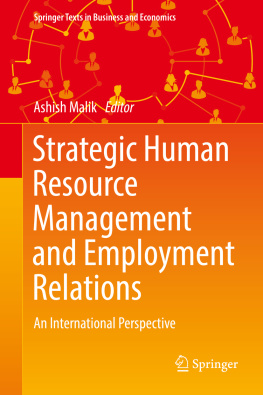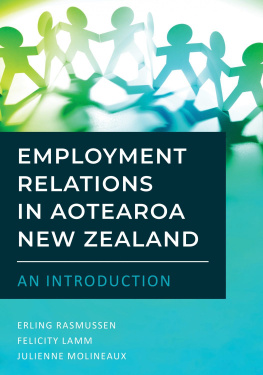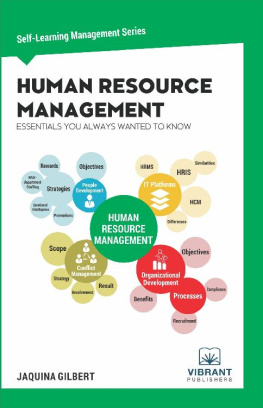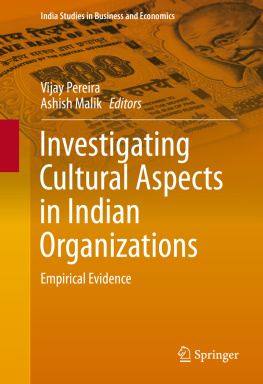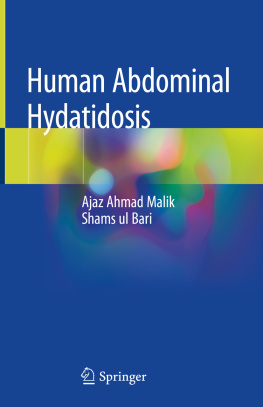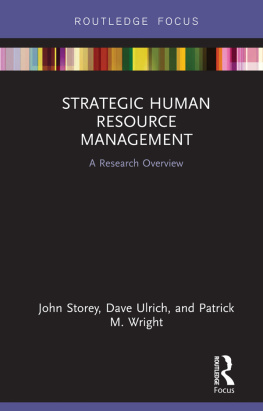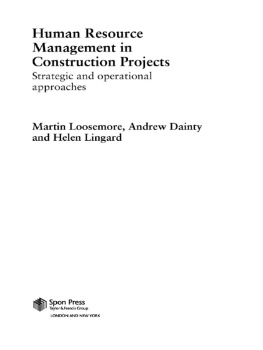Ashish Malik - Strategic Human Resource Management and Employment Relations
Here you can read online Ashish Malik - Strategic Human Resource Management and Employment Relations full text of the book (entire story) in english for free. Download pdf and epub, get meaning, cover and reviews about this ebook. year: 0, publisher: Springer Singapore, genre: Business. Description of the work, (preface) as well as reviews are available. Best literature library LitArk.com created for fans of good reading and offers a wide selection of genres:
Romance novel
Science fiction
Adventure
Detective
Science
History
Home and family
Prose
Art
Politics
Computer
Non-fiction
Religion
Business
Children
Humor
Choose a favorite category and find really read worthwhile books. Enjoy immersion in the world of imagination, feel the emotions of the characters or learn something new for yourself, make an fascinating discovery.
- Book:Strategic Human Resource Management and Employment Relations
- Author:
- Publisher:Springer Singapore
- Genre:
- Year:0
- Rating:3 / 5
- Favourites:Add to favourites
- Your mark:
- 60
- 1
- 2
- 3
- 4
- 5
Strategic Human Resource Management and Employment Relations: summary, description and annotation
We offer to read an annotation, description, summary or preface (depends on what the author of the book "Strategic Human Resource Management and Employment Relations" wrote himself). If you haven't found the necessary information about the book — write in the comments, we will try to find it.
Ashish Malik: author's other books
Who wrote Strategic Human Resource Management and Employment Relations? Find out the surname, the name of the author of the book and a list of all author's works by series.
Strategic Human Resource Management and Employment Relations — read online for free the complete book (whole text) full work
Below is the text of the book, divided by pages. System saving the place of the last page read, allows you to conveniently read the book "Strategic Human Resource Management and Employment Relations" online for free, without having to search again every time where you left off. Put a bookmark, and you can go to the page where you finished reading at any time.
Font size:
Interval:
Bookmark:
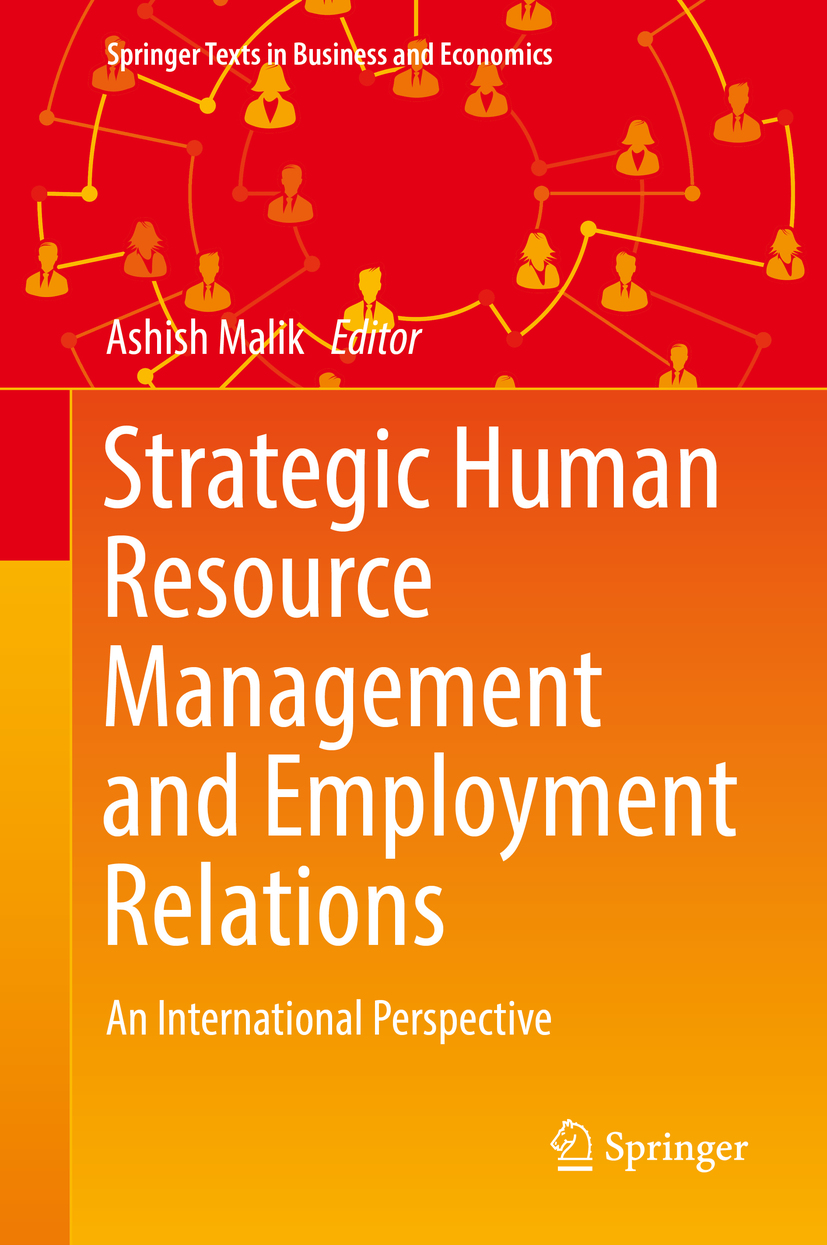
More information about this series at http://www.springer.com/series/10099

This Springer imprint is published by the registered company Springer Nature Singapore Pte Ltd.
The registered company address is: 152 Beach Road, #21-01/04 Gateway East, Singapore 189721, Singapore
This book is dedicated to all my family members and friends
I am pleased to present this timely book by Dr. Ashish Malik for a variety of reasons. First, the content covered and approach adopted by the book is important and germane to managing people from a strategic perspective especially in present uncertain and complex business environment. Second, the book is written by a scholar who is well-informed and well-versed in the field. Dr. Maliks continued focus on strategic human resource management (SHRM) research in an international context, covering high technology and knowledge intensive services industries such as IT, Telecom, Healthcare, and Business Process Outsourcing, has been interwoven in the content and its application in this research-based book. Third, the breadth of SHRM and employment relations (ER) issues covered in the book and the in-depth cases carefully curated from select countries provide critical insights useful for students, academics, and practitioners. It integrates the key learnings of how change and strategic thinking and HRM strategies can have a major impact on people, businesses, and the societies in which we operate.
The book presents a collection of key SHRM and ER topics and focuses extensively on applying research and analysis using a case-study-based learning approach. This blend of problem-based learning and participant-centered learning approaches from a wide range of global SHRM and ER issues is examined using a diverse collection of international case studies. The book has three parts. Part I consists of seven chapters and lays out the key theoretical foundations and underpinnings of SHRM and ER. This part offers a focused research review of the key theoretical approaches in HRM and ER. Part II also comprises of seven chapters and focuses on how from a strategic perspective, leaders and managers may exercise strategic choices in their design and implementation of several HRM practices for achieving the desired goals of their business enterprise. Part III highlights complex SHRM and ER issues using real-life cases studies focusing on content covered in the first two parts of the book. This part features a selection of contemporary research-based case studies from several developed, transitioning, and emerging markets, wherein each countrys contextual environment adds to the complexity in undertaking analysis and problem-solving of the issues at hand. The books unique problem- and case-based learning approach is ideal for engaging in higher-order learning suited for final year or capstone courses in HRM programs. For the less prepared, the book offers the learners advice on how they can use these approaches. Overall, this book presents a well-positioned and exciting view of the businesses of managing people from a strategic perspective incorporating a breadth of examples from the authors own research as well as contributors from a number of countries. I commend this effort and have no doubts that it will find a ready and receptive readership around the world.
The theoretical roots for the study of human resource management (HRM) in organisations have existed in the Western contexts for over a century when seminal ideas of influential management thinkers such as Taylor, Drucker and McGregor were in prevalence. Earlier conceptualisations of work and employment adopted a different (pluralist) emphases and focused on terms such as labour welfare, labour relations, personnel management and industrial relations to name a few. One could argue, this view reflected contemporary developments in the field of HRM, albeit with different ideological and philosophical focus that have been in operation for several centuries. For example, in India, work practices were influenced by the ancient ideas of Chanakya (also referred to as Kautilya ), whose pioneering work on Arthashastra was regarded as a treatise in the field of economics, politics, military strategy and governance. This seminal work had also developed ideas of organisation and administration in the fourth century BC. Indeed, one only needs to turn back and look at the practices of one of the worlds oldest multinational corporationthe erstwhile East India Company , which was founded in the early 1600 in India by the British to pursue trade with the East Indies. Even though it ended up trading, in the main, in the Indian subcontinent, its operations spanned across several borders.
Managing people in the colonial era was quite different from how we manage people today. Some might even ask, has the nature of capitalism or business goals changed in principle? If so, what might have caused the change? Were these changes triggered by changes in peoples aspirations of seeking better and humane conditions of work and employment? Or, due to changing political agendas, new legislation for protecting workers, change in ideologies and other influences such as religion and industrial revolution? These questions bring to our mind the importance of changes in context and its distinctive and highly variable character.
While the immediate focus of HRM and employment relations (ER) is on managing people and work within an agreed framework of the employeremployee relationship and setting the rules for engaging people and governing their conditions of employment, HRM and ER is also influenced by multiple, direct and indirect factors. These include a range of factors such as different: stakeholders state, regulation, customers and institutions. It is by learning the multiple and specific instances from different contexts that we may be able to generate some generic guidelines for understanding how we manage people and work.
Font size:
Interval:
Bookmark:
Similar books «Strategic Human Resource Management and Employment Relations»
Look at similar books to Strategic Human Resource Management and Employment Relations. We have selected literature similar in name and meaning in the hope of providing readers with more options to find new, interesting, not yet read works.
Discussion, reviews of the book Strategic Human Resource Management and Employment Relations and just readers' own opinions. Leave your comments, write what you think about the work, its meaning or the main characters. Specify what exactly you liked and what you didn't like, and why you think so.

